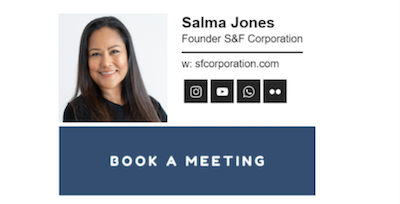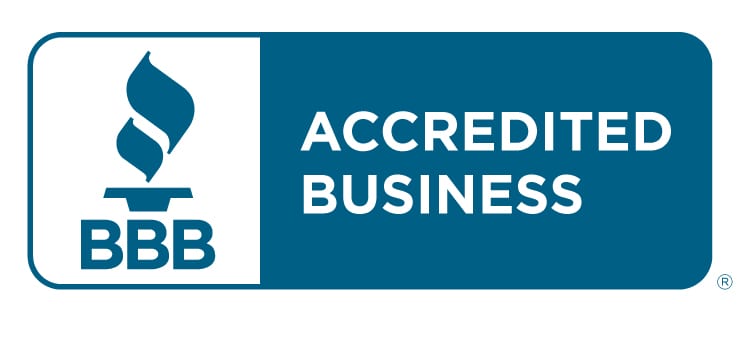
5 Tips for a Successful Landing Page
Creating landing pages is easy. Getting them right, though? That takes a bit more work.
A great landing page can make all the difference in the effectiveness of your marketing campaign. It’s also essential for making a good impression and following through on the promises you made in your ad or social media post.
Here are five smart and savvy landing page tips so you can be sure yours, well, lands:
1. Include a clear connection to your ad.
Whatever got someone to your landing page is what’s going to hold their interest once they get there. Stay focused and concise, and ensure your content gives a direct callback to its associated ad.
2. Place your call to action at the top.
Assume visitors have a short attention span and provide them with need-to-know info upfront. For performance purposes, this should include the action that you want them to take, which should be clear, obvious, and above the fold.
3. Create simple forms.
The simpler your forms, the more likely it is people will actually fill them out. You’ll have plenty of time to get more info after you’ve got a new lead, so aim for the basics now and fill in any blanks later.
4. Make it responsive.
Landing pages need to be optimized for both desktop and mobile. Make sure your page looks great on both types of devices and that your CTA stands out just as much on a small screen as it does on a big one.
5. Remove competing links.
A landing page has one goal — everything else is just superfluous. Remove any competing links (including unrelated internal links) and keep the entire page focused on achieving the action associated with your campaign.
For more marketing best practices, get in touch, and let’s chat.










